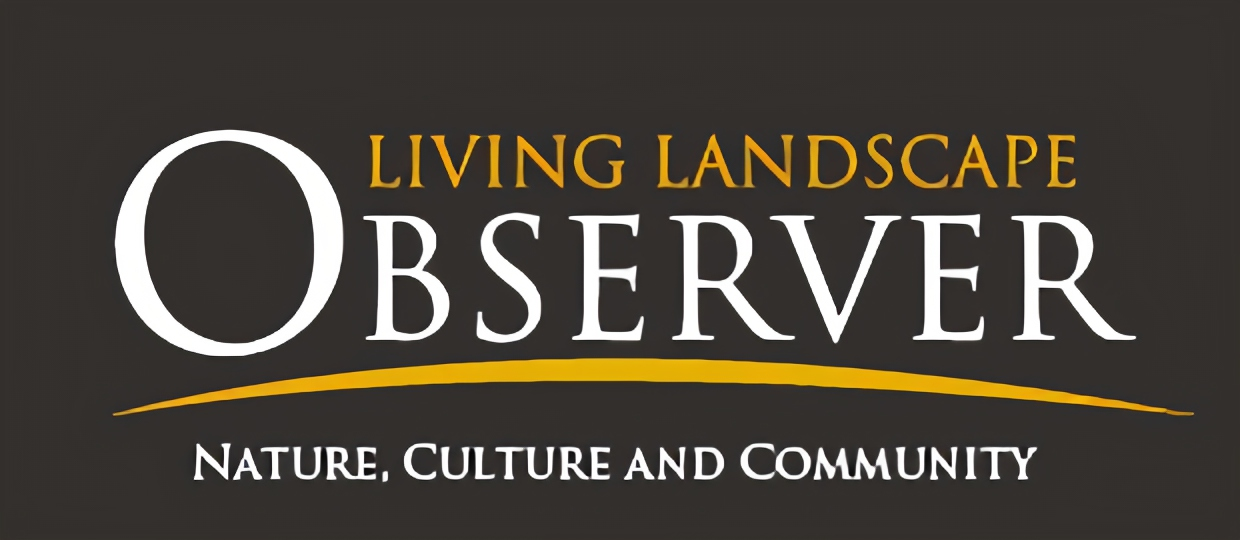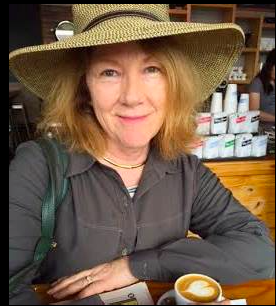To provide observations and information on the emerging fields of landscape scale conservation, heritage preservation, and sustainable community development.
Newsletter
Stay up-to-date with the latest nature, culture and community news.
We won’t spam you or share your information. Newsletters are sent approximately 10 times a year. Unsubscribe at any time.
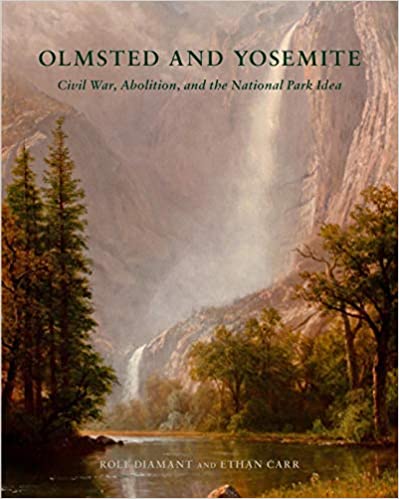
Three Landscapes: Civil War, Abolition, and Reconstruction
Right on time for the bicentennial of Fredrick Law Olmsted Sr.’s birth comes Olmsted and Yosemite: Civil War. Abolition, and the National Park Idea by Rolf

Registration open for Pennsylvania Conservation Landscapes: A Story of Success at Scale
Please join the Living Landscape Observer on April 1, 2022 from 1:00pm to 1:45pm for a moderated discussion with Cindy Dunn, Secretary of the Pennsylvania Department of Conservation. Learn about the Pennsylvania Conservation Landscapes Program. Register now.
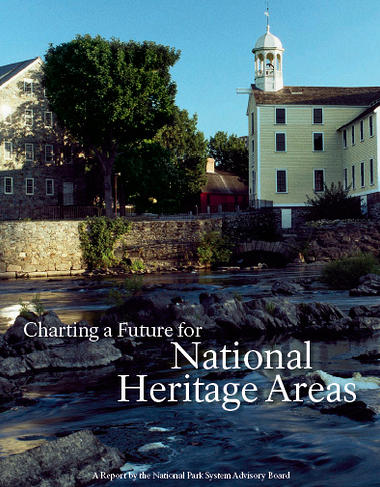
Charting an Uncertain Future for National Heritage Areas
The National Park Service Advisory Board released Charting a Future for National Heritage Areas in 2007. What progress has been made on the report’s recommendations over the past sixteen years.
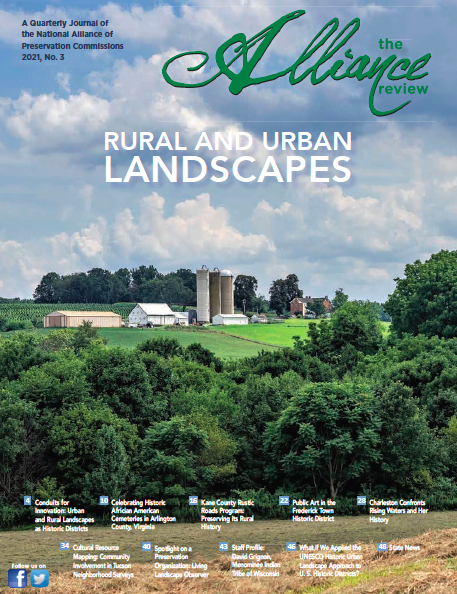
Turning a Spotlight on the Living Landscape Observer
The need for a closer partnership between conservation and historic preservation was one of the motivations for the creation of the Living Landscape Observer (LLO). The LLO reports on large landscape conservation, an approach that blends ingredients of land conservation, historic preservation, and sustainable community development.
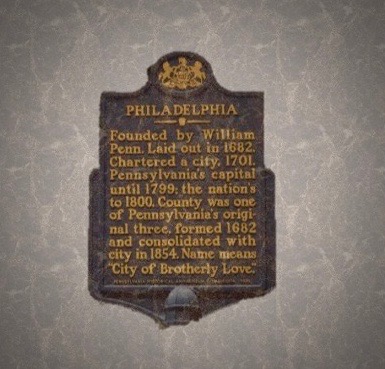
The Perils of Marking where History Happened
In Pennsylvania over 2,500 state historical markers, some dating back over one hundred years, dot the roadside. A recent system wide review of the marker’s text brought controversy, but also a thoughtful analysis of the content of those markers that attempt to interpret Indigenous and African American histories. Timely thoughts as public history agencies struggle to do the right thing.

Three Landscapes: Civil War, Abolition, and Reconstruction
Right on time for the bicentennial of Fredrick Law Olmsted Sr.’s birth comes Olmsted and Yosemite: Civil War. Abolition, and the National Park Idea by Rolf

Registration open for Pennsylvania Conservation Landscapes: A Story of Success at Scale
Please join the Living Landscape Observer on April 1, 2022 from 1:00pm to 1:45pm for a moderated discussion with Cindy Dunn, Secretary of the Pennsylvania Department of Conservation. Learn about the Pennsylvania Conservation Landscapes Program. Register now.

Charting an Uncertain Future for National Heritage Areas
The National Park Service Advisory Board released Charting a Future for National Heritage Areas in 2007. What progress has been made on the report’s recommendations over the past sixteen years.

Turning a Spotlight on the Living Landscape Observer
The need for a closer partnership between conservation and historic preservation was one of the motivations for the creation of the Living Landscape Observer (LLO). The LLO reports on large landscape conservation, an approach that blends ingredients of land conservation, historic preservation, and sustainable community development.

The Perils of Marking where History Happened
In Pennsylvania over 2,500 state historical markers, some dating back over one hundred years, dot the roadside. A recent system wide review of the marker’s text brought controversy, but also a thoughtful analysis of the content of those markers that attempt to interpret Indigenous and African American histories. Timely thoughts as public history agencies struggle to do the right thing.
